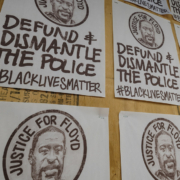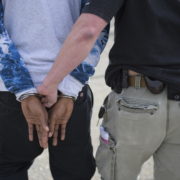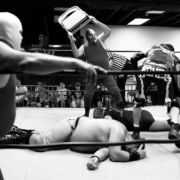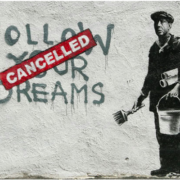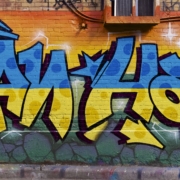Oh Brother, where art the air conditioners?
Summer has ended and the exceedingly hot and inhospitable temperatures that accompanied it this year in many places in the United States and elsewhere is slowly dissipating.
While climate scientists and activists debates skeptics about the reality of climate change, one undeniable fact remains: the relentless heat has taken a toll on our environment and disproportionately impacted vulnerable groups.
Among those affected are farmworkers, laboring for hours under the scorching sun, harvesting the produce that makes its way to our supermarket shelves. There are also construction workers, racing to build new housing developments to meet consumer demand. Then, there are the homeless individuals struggling to survive each day on the unforgiving streets of our urban centers. And there are countless others who live and work in buildings without adequate air conditioning or ventilation.
One of the most severely impacted groups, however, are prisoners, in the southern part of United States who are forced to live and work in abysmal conditions 24 hours a day, 7 days a week.
Historically, correctional facilities in this region have been characterized by their intense summer heat. Picture chain gangs toiling in the fields under the blazing Mississippi Delta sun, or the sweat boxes used as punishment in Arkansas prisons depicted in the 1980 film Brubaker.
However, the adverse effects of climate change, including extreme heat and humidity, are now reaching even the northern states, impacting jails and prisons in that regions.
So, what are the consequences of living in such extreme heat and humidity?
This past summer, there was a staggering increase in the number of inmates falling ill from heat exhaustion and tragically many of them died. Although we can blame the prolonged hot weather on climate change, it is no secret that correctional facilities in the United States have often lacked air conditioning, or if present, it is typically subpar or non-functional. What’s the effect on prisoners? Among other physical effects, the heat disrupts sleep patterns, leading to irritability due to sleep deprivation, which in turn can escalate into physical violence.
The impact of the heat extends beyond inmates. Correctional workers and some administrators are also grappling with the challenges of working in sweltering facilities.
Why is this the case? Many of the jails and prisons in the south of the United States, no less the country, are very old and have not renovated or retrofitted their institutions with adequate air conditioning systems. Why? These states are comparatively poorer than northern states, and the last thing politicians in these states want to do is to advocate for additional spending on correctional facilities. Past the road projects, and other public works projects the provision of air condition to jails and prisons is seen as a luxury.
Why has this situation persisted? Many of the jails and prisons in the southern United States, and across the nation, remain outdated and have not undergone renovations or retrofits to install adequate air conditioning systems. The root cause? Comparatively limited financial resources in these states, and the reluctance of politicians to advocate for increased spending on correctional facilities. In the hierarchy of public projects, air conditioning for jails and prisons is often perceived as a luxury, secondary to road projects and other public services the states provide.
Unsurprisingly, an increasing number of civil suits connected to these deplorable prison conditions, targeting wardens, state correctional systems, and corrections superintendents have been launched.
Much of the impending legal troubles could be preempted if the affected states reallocated their budgets to address the pressing issue of inadequate air conditioning in correctional facilities. Additionally, the federal government should establish emergency funds and allocate resources to assist struggling jails and prisons in purchasing and installing proper air conditioning systems.
As we move past another scorching summer, it is vital to recognize the dire consequences of extreme heat on vulnerable populations, including inmates and those who work in correctional facilities. By taking concrete actions, such as budget reallocation and federal support, we can alleviate the suffering caused by inadequate air conditioning and move closer to ensuring humane conditions for all. The time for change is now.
Photo: From the movie poster for Oh Brother, where art though?


